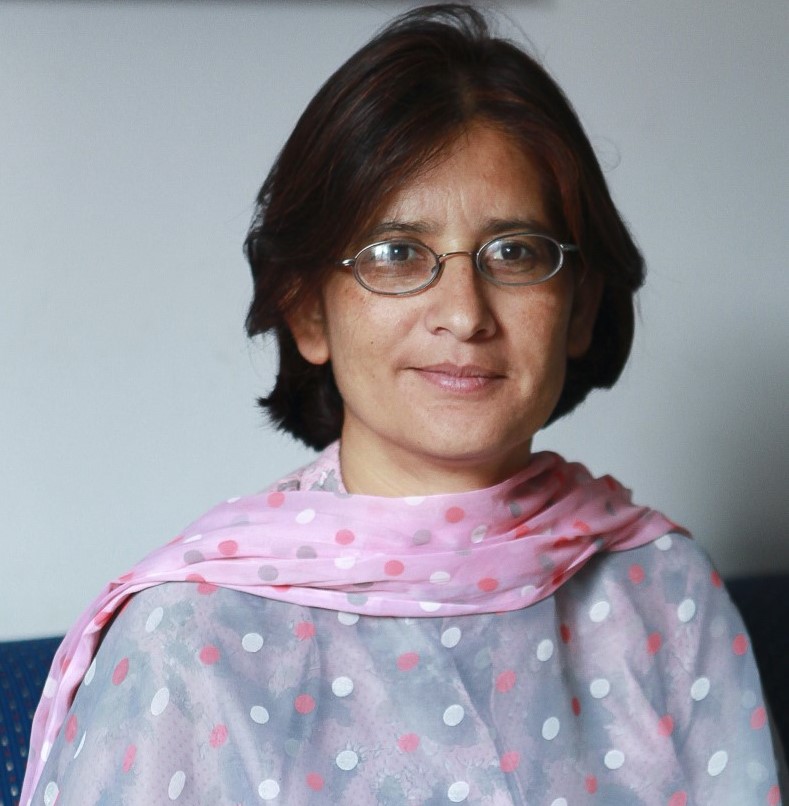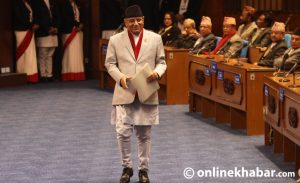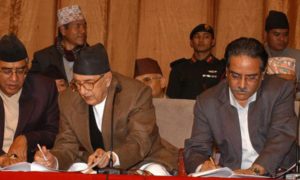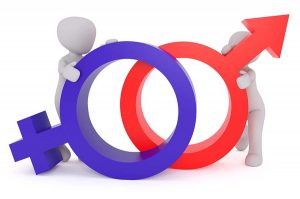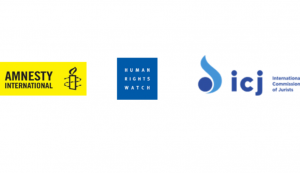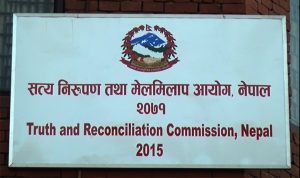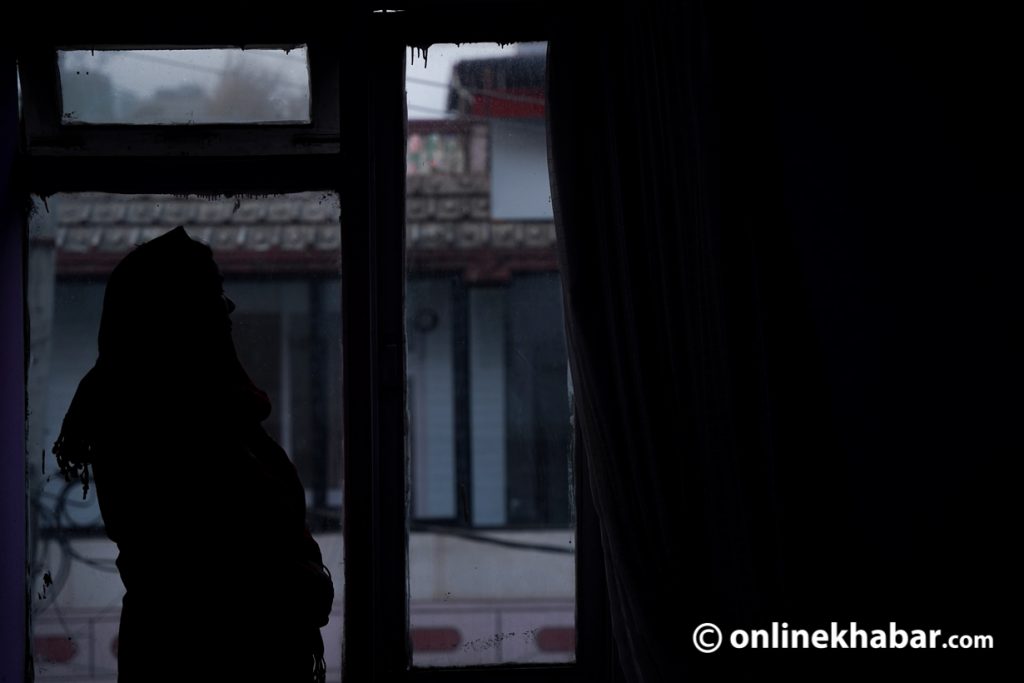
After 17 years of a peace process, the lingering legacy of political violence continues to impact women in Nepal. Unfortunately, the nation has struggled to comprehend and effectively address the specific needs of women in the post-conflict era. This failure has impeded transformative change and progress in the country.
The persistence of underlying structural violence has hindered societies from rebuilding socially and psychologically. Unfortunately, gendered communal healing and community reconciliation are notably absent from mainstream peace discourse, posing a regrettable obstacle to comprehensive recovery.
Dilemma on gender justice
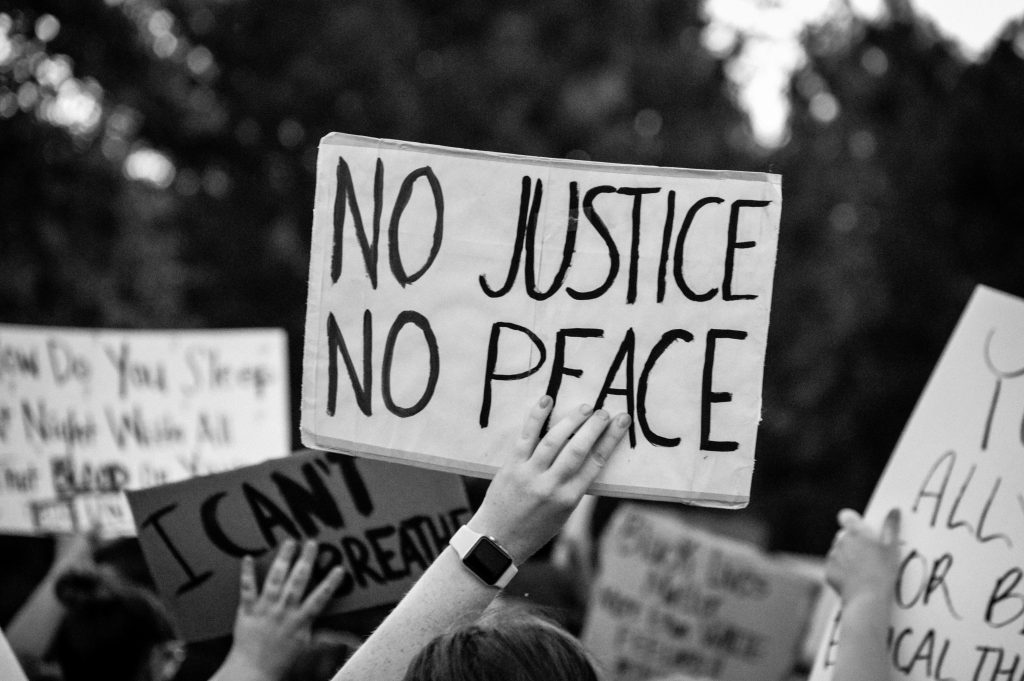
The prolonged peace process has given rise to new conflicts, exacerbating the subjugation of women who continue to bear the impacts of the armed conflict. The agency women built during the armed conflict is now eroding due to the myriad of injustices- political, economic, cultural, social and psychological –imposed by a patriarchal society.
The dilemma on gender justice is vividly seen at the state and political level of peacebuilding. Male leaders in positions of power have failed to recognise the multi-layered injustices faced by women. This failure is often attributed to the fact that these power-holders operate within an environment conducive to their authority, making it difficult for them to fully perceive the injustices experienced by other, more vulnerable individuals.
This hindrance to structural change in the so-called peace process is perpetuating the social and cultural misery experienced by conflict-affected women. Moreover, these challenges are adversely impacting subsequent generations. The interconnectedness of individuals and our undeniable co-existence emphasises the importance of acknowledging these facts, as ignoring them may result in long-term repercussions.
Unfortunately, non-affected communities of the conflict also have not shown sufficient observance or taken initiatives with a sense of accountability to alleviate the social and cultural misery faced by conflict-affected women.
Subsequently, it seems like conflict-affected women are living even worse situations in this post-conflict situation than, they were in the time of conflict which is marginalising them in many forms. The state’s failure to conduct a comprehensive analysis of the context and allocate resources for the well-being of women is evident.
Absent from mainstream peace discourse
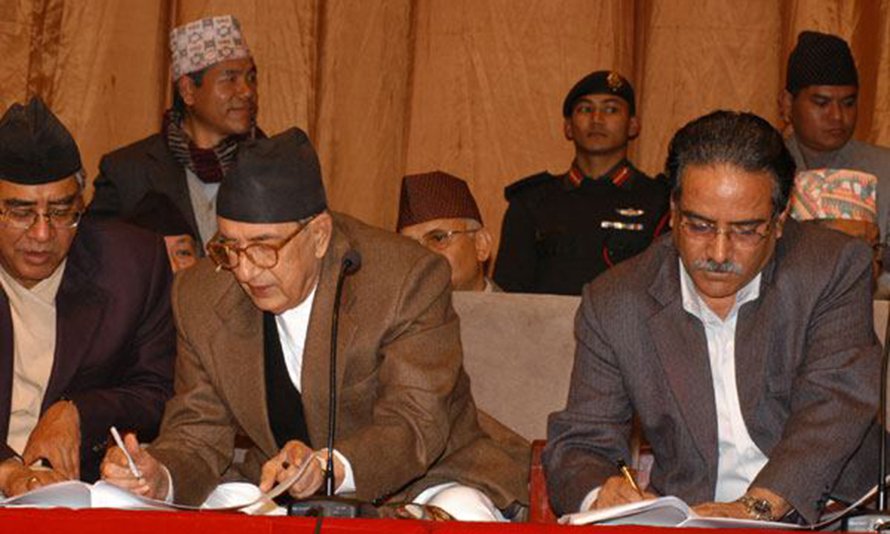
The so-called transitional justice process, often marked by rhetoric, requires a re-envisioning of its modality of implementation with an amendment to its act. The complex web of relationships between the institutions, policies and the affected communities is often overlooked. This results in policies directly impacting the lives of the conflict-affected communities without adequate consideration. In contrast, they are the main stakeholders of the transitional justice process.
Now, many conflict-affected women are in their growing age and questioning how the government will compensate for their lost moments and address their physical, bodily and mental losses. Additionally, they are expressing there is no sense in receiving compensation/reparation for the harm they suffered when they are not alive as many have already lost their lives.
Recently, in the tragic incidents of earthquakes in Jajaorkt and Rukum West, women awaiting justice for the conflict have lost their lives. This incident also calls for urgent, timely and sensitive responses to the challenges faced by conflict-affected women.
There is a pressing need for a fundamental shift in the arrogance and fear among the political parties and state, along with increased accountability for delaying the transitional justice process and contributing to the emergence of different forms of conflict.
While international attention is often focused on larger conflicts in other regions, securing support from national and international communities is crucial to advancing justice, human security and peace dividend for Nepal’s conflict-affected women.


